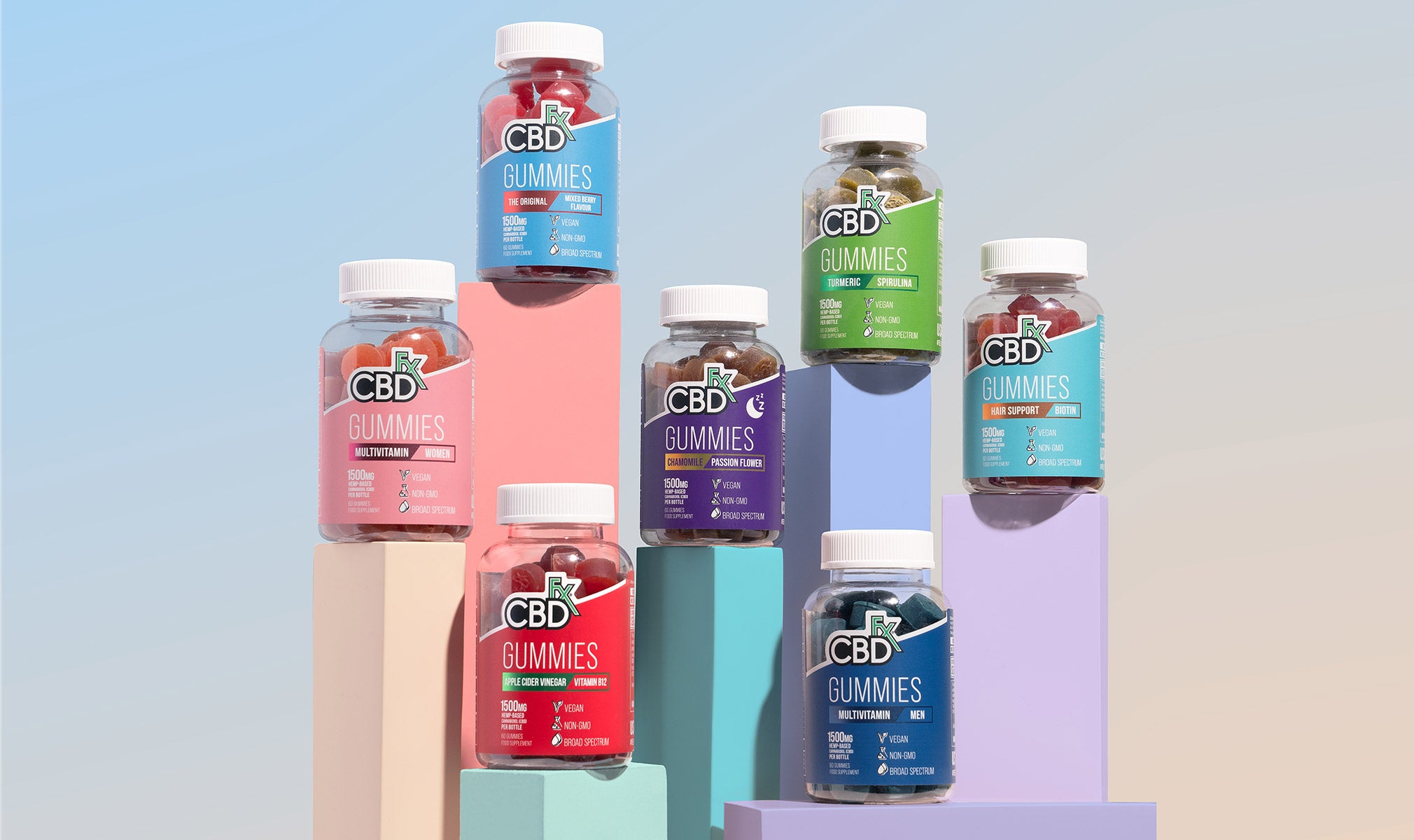You may use hemp-derived CBD products for certain wellness benefits, finding them beneficial to your health.
But did you know that hemp can also be good for the planet?
The question is on our minds because June 5th, 2021, is World Environment Day, a celebration started by the United Nations to bring awareness to the health of our ecosystems. World Environment Day in 2021 starts the UN’s “Decade on Ecosystem Restoration,” focusing on reviving billions of hectares of natural land.
So, just in time for World Environment Day, we want to examine the environmental impact of some of the products we use. Many consumer products display environmentally friendly messaging that makes you think you’re choosing the “greener” option.
But in the case of hemp products, there are many facts to back up the environmentally friendly claims. Hemp really does it all: regenerating soil, sequestering carbon, and even providing new, sustainable building materials.
The deeper you dive into the many different applications of hemp, the more you can see the incredible potential of the plant to be good for the planet. Keep reading to learn more about hemp’s unique “green” properties.
BIOACCUMULATION PROPERTIES

Hemp is a type of bioaccumulator plant, meaning that it absorbs materials from the soil faster than it expels them. When planted, hemp absorbs and accumulates everything from chemicals to heavy materials in the soil. Hemp’s bioaccumulation properties make it especially important to find a third-party lab report of your product, so that you can feel good about its purity.
Hemp’s bioaccumulation can also be leveraged for other environmental uses. For decades, hemp has helped remediate environments contaminated by pollution. Famously, in the early 1990s, hemp was planted in the then-Ukrainian Soviet Socialist Republic around the Chernobyl nuclear power plant disaster area.
Researchers discovered that hemp removed waste and radiation-related compounds from the soil better than almost any other plant. Since then, hemp has been used as a bioremediation plant around the world at other polluted sites.
CARBON SEQUESTRATION POTENTIAL
Carbon sequestration is a hot topic in climate change mitigation. Essentially, it is the process of capturing and storing atmospheric carbon dioxide.
Plants have the potential for carbon sequestration, although a plant’s efficiency varies by species. But hemp lovers will rejoice: hemp is excellent at carbon sequestration.
The hemp plant draws down CO2 from the atmosphere, and then it’s stored in the plant. Hemp is a bright star in many recent trials: research shows for every ton of hemp produced, 1.63 tons of carbon is removed from the air and sequestered in the soil. That’s more efficient than trees!
According to The Guardian, while the CO2 is re-released if the plant material is composted or burnt, the plant material can instead be kept intact and used for other purposes. This carbon-sequestration potential is an exciting new possibility in the construction industry — which we’ll get into next.
GREEN CONSTRUCTION MATERIAL
The United Nations Environment Programme has found that the “construction industry accounts for 38% of CO2 emissions.” The industry is ripe for some environmentally friendly changes.
This brings us to Hempcrete — made up of the dried woody core of hemp stalks, mixed with water and lime (or another similar binder). Scientific studies find that, when done with the correct mixture formulations, the total life cycle of CO2 emissions for Hempcrete can be negative.
Hempcrete isn’t strong enough to be a replacement for load-bearing concrete. However, it’s extremely effective for insulation purposes, another common use of concrete.
In addition, insulating buildings with Hempcrete may actually end up adding energy efficiencies to new construction. Hempcrete naturally has a high level of thermal insulation. It’s breathable, regulating humidity and controlling temperatures, overall reducing needed power consumption. That’s a win-win for the planet!
PAPER ALTERNATIVE

Hemp plants contain a naturally fibrous structure. In fact, hemp fibres are some of the strongest and longest natural fibres in the world.
Scientists and manufacturers have long recognised the potential of hemp. Back in 1941, Henry Ford even made a car that was mainly composed of hemp fibres! Finally, hemp is back in style in a few industries, most notably as a type of paper.
Hemp is a great alternative material for making paper products. Hemp fibre can be used to make everything from packing material to writing paper.
Compared to tree-based papers, hemp material is superior in many fundamental ways. It’s nearly acid-free, meaning it doesn’t yellow as fast as tree-based papers do. It’s also more durable and able to be folded more often.
Hemp fibre can also be grown more efficiently and quickly than tree fibre, even on the same amount of land. On average, an acre of hemp produces as much paper as two to four acres of trees. Hemp has a relatively short maturation period, harvested only 120 days after it’s planted (as opposed to trees needing to grow and mature for years).
Hemp paper products also tend to be gentler on the planet during manufacturing. Hemp’s unique composition means that it has a natural brightness, requiring fewer toxic chemicals (as compared to wood) during the manufacturing process.
Paper isn’t the only material made with hemp with potential for the future — manufacturers are now studying its use as a substitute for many single-use plastic products. Hemp-based composite products can compete with many plastic compounds, but hemp has the benefit of also being biodegradable.
BENEFICIAL OPTION FOR FARMERS
In addition to all the commercial applications, hemp can also be a valuable crop for farmers to add to their crop rotations.
First, the stems and leaves of hemp plants are nutrient-rich. As the plant grows, organic matter like the leaves fall and decompose, adding much-needed nutrients and carbon material back to the soil. When grown year after year, hemp may be able to help improve soil quality.
The roots of the hemp plant can also grow up to nine feet deep, layering even more benefits. Hemp’s deep roots can aerate packed soil, helping improve water percolation and creating healthy soil biomes. These root networks can also help prevent erosion by holding the soil together.
Hemp is a hardy plant, naturally resistant to most pests, and it grows densely enough to outcompete many weeds. As a result, it typically doesn’t require pesticides or herbicides to grow. The plant requires relatively little water irrigation, and it grows in a wide range of climates and soil types.
In addition, hemp is often chosen as a rotational cover crop for farms. As mentioned, hemp is a fast-growing annual crop ready for harvest just 120 days after it’s planted. Farmers can quickly grow hemp and sell it for the season while still reaping the environmental benefits.
All in all, hemp’s many different applications as an agricultural plant make it an exciting crop for farmers to explore.
So, is hemp good for the planet? With so many different properties, the potential for hemp as an earth-friendly product seems almost limitless at the moment. This World Environment Day, we’re feeling grateful for all the exciting developments on the horizon for the hemp industry!
Curious to explore some hemp-derived CBD products?
Check out our CBD Gummies today!






